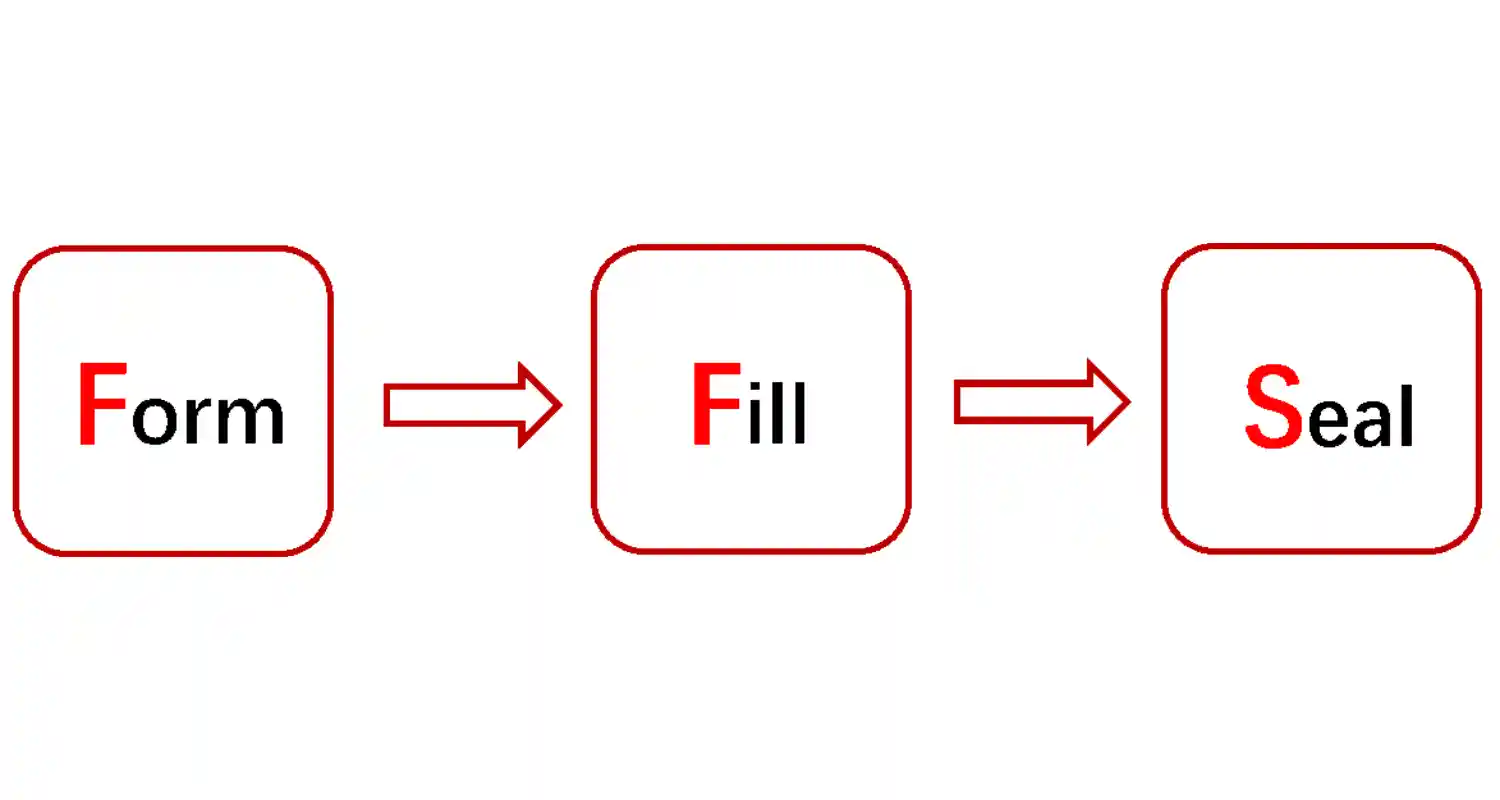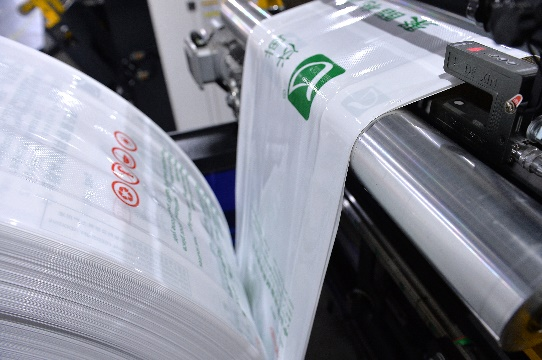Introduction the FFS Heavy-Duty Packaging Film
Heavy-duty packaging bags include traditional plastic woven bags, paper-plastic composite bags, paper bags, and FFS film.
FFS heavy-duty packaging films own one-step formation, excellent sealing, and moisture resistance, offering rapid development.
Carrying 10-50 kg of solid granules or powders is commonly called FFS film. The bag is folded, forming an M-shaped cross-section, known as the M-fold or gusseted bag.
Production Process of FFS Heavy-Duty Packaging Film
Film-Blowing Method:
The film-blowing process adopts a three-layer co-extrusion method which meets different quality requirements, using linear low-density polyethylene (LLDPE). By adjusting process parameters, layer ratios, and raw material proportions that completes production.
Printing Method:
The printing process adopts the film threading path to achieve double-sided corona treatment and multi-color printing. The printing line ensures complete designs, appropriate embossing force, and neat folding and winding.
Benefits of FFS Heavy-Duty Packaging Films
Superior performance :Excellent sealing, moisture resistance, waterproofing, anti-pollution, UV resistance, and withstand temperatures up to 70°C, extending shelf life compared to traditional packaging.
Versatility:Customizable to meet various needs for color, thickness, and size, satisfying different manufacturers and regions.
Cost Effectiveness:Automated packaging enhances speed (1,200 to 2,000 bags per hour), cutting labor costs by approximately 70%.
Environmentally:Aligns with new materials promoting eco-friendly, easy recycling, and minimal environmental impact.

Limitation of Traditional Packaging Methods
Environmental Pollution:Paper-plastic composite bags require a lot of paper and are difficult to recycle, resulting in environmental pollution.
Fragility and Product Loss:Traditional bags are easy to break, leading to significant product losses and poor appearance.
Non-compliance with Food Safety:The outer printing of plastic woven bags often requires benzene-containing inks, that do not meet food safety law.
Low Packaging Speed:Low packaging speeds, make it difficult to meet the demands of high-speed packaging lines.

Future Development of FFS Heavy-Duty Packaging Film
Lightweight and High-Quality:New materials like metallocene polyethylene will reduce waste and enhance performance.
Reusable and degradable :The significant development of recyclable and biodegradable plastics lowers material consumption and pollution.
Reduction in Thickness:Balancing film thickness and high performance, maintaining logistical integrity and performance standards.
Conclusion
“Sustainable development” is a focal point for countries around the world today. Resource saving and environmental protection are crucial strategies and methods for sustainable development policies. Heavy-duty packaging films have rapidly developed worldwide, gaining recognition from users for their environmental friendliness and ease of recycling.
